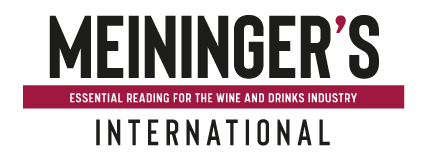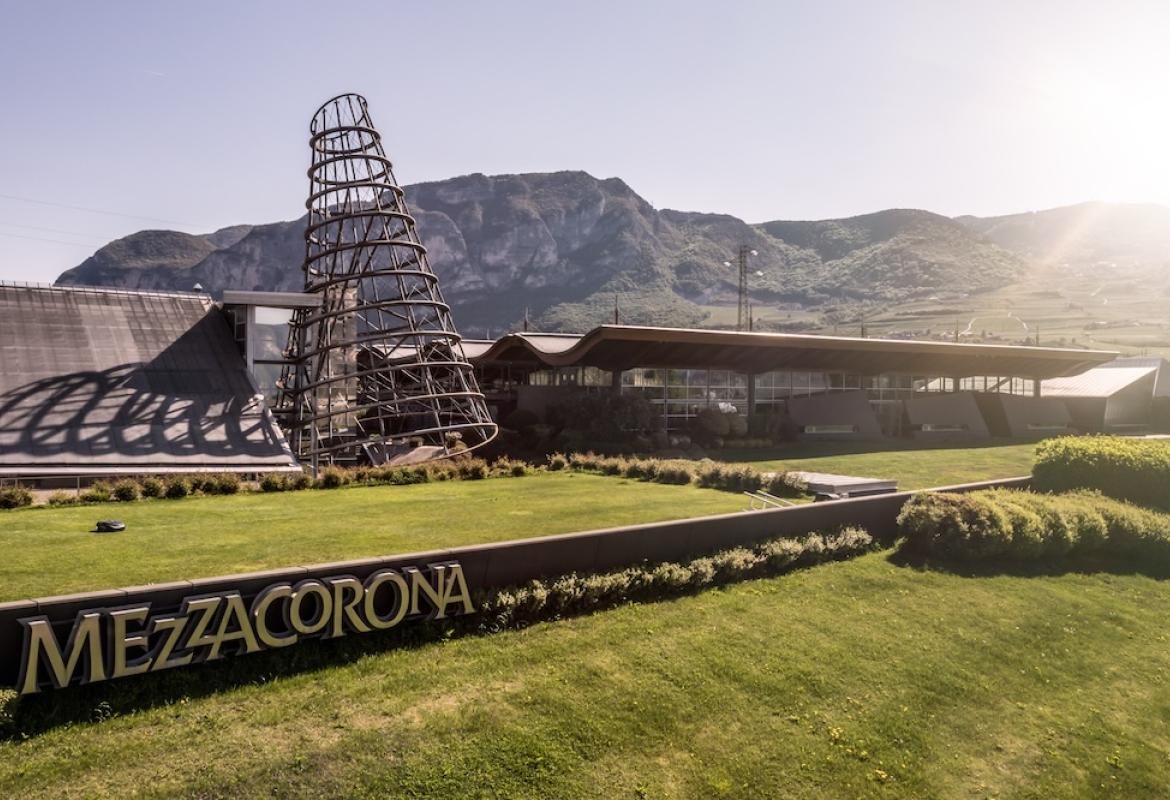A recent study of the German Wine Institute (DWI) has examined appreciation, purchasing behavior, and the attitudes of specific consumer groups towards German wines. The main questions are:
- Where do consumers gather wine-related information?
- What criteria are important to them when making a decision?
- And through which media can target groups be precisely reached?
A significant portion of the results can also be applied to non-German wines.
Purchasing behavior
Two-thirds of the German consumer are wine drinkers, with one-third of them drinking regularly, meaning several times a week. The majority prefers drinking at home, mainly on weekends. Special occasions or celebrations are almost always opportunities for wine consumption, although wine seems less popular as a party drink - the researchers attribute this to its more sophisticated taste profile. On average, 27 bottles of wine are purchased per year, with 50% of them costing €6 or less.

Origins
When choosing the country of origin, Germany clearly takes the lead: Four out of five wine drinkers prefer German wines, followed by the major European wine countries of France, Italy, and Spain. New world wines are less popular, sometimes perceived to be of lower quality.
In the eyes of consumers, German wines distinguish themselves from wines from other origins, such as France or Italy, primarily because of their sustainability and natural approaches. They also score points for attributes such as expertise, trust, and a sense of home.
Target groups
Wine drinkers in Germany can be divided into five distinct target groups: Wine Lovers (18%), Experimenters (24%), Ambitious (21%), Uninvolved (21%), and Undemanding (16%). Wine Lovers select their wines based on criteria that require some level of expertise, such as taste classifications, growing countries or regions, and grape varieties. The Undemanding group primarily focuses on price and availability, while the Ambitious and Uninvolved seem to have less clear buying strategies than the other groups.


Information behavior
Overall, there's a relatively low interest across all target groups in deeper wine knowledge, such as details about the production process. Only Wine Lovers and the Ambitious seek significant information before purchasing wine. Besides traditional websites, they rely heavily on personal contacts, like winemakers or friends. Newer digital offers play a minimal role. Those seeking information are primarily interested in the pairing of food and wine, characteristics of different grape varieties, appropriate storage temperatures, the quality of different vintages, and individual winemakers.
Media usage and target groups
Wine Lovers mainly consume traditional, linear media. A similar media usage pattern, though slightly lower, is shown by Experimenters, Undemanding, and Uninvolved groups. The Ambitious group stands out, frequently using online-based media. In the realm of social networks, WhatsApp, Facebook, and YouTube are by far the most popular across all target groups. Newer platforms like TikTok, Snapchat, and the streaming portal Twitch are disproportionately used by the Ambitious group.

Marketing potential
The researchers identify Wine Lovers as the most significant segment for wine marketers: their willingness to pay, high consumption rate, and increased product interest define this target group. Experimenters and the Ambitious also represent attractive consumer groups. Experimenters mainly due to their high wine consumption and passion for wine, while the Ambitious are enticing as a young demographic willing to spend. The Uninvolved and Undemanding, given their profile (low spending and consumption), are less relevant for marketing activities. JW






